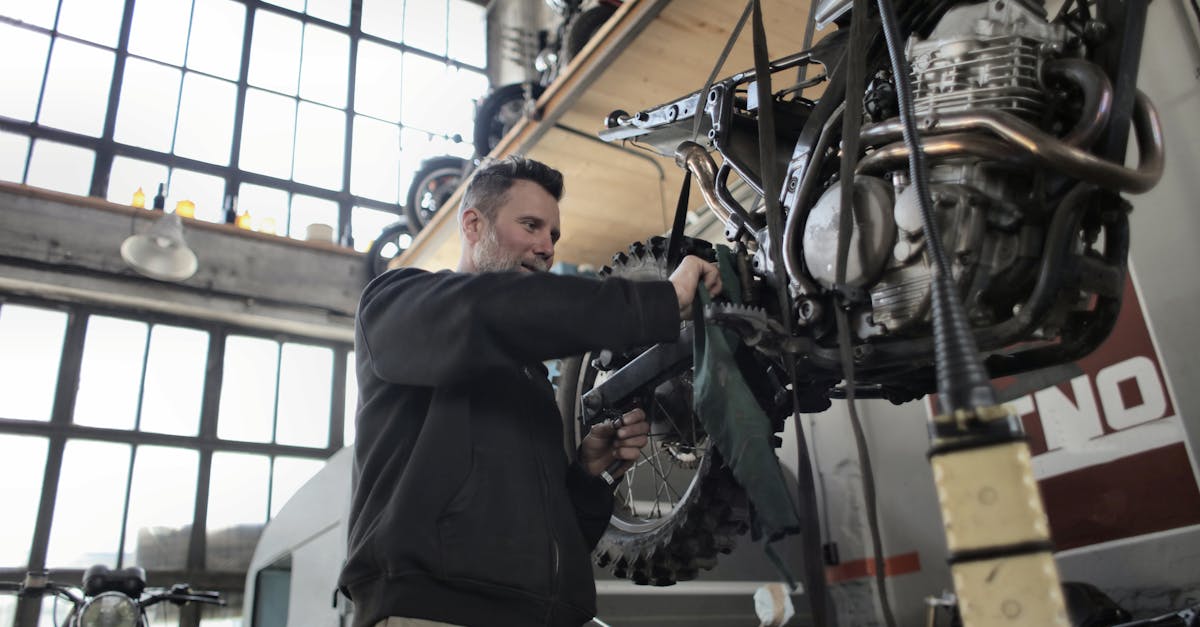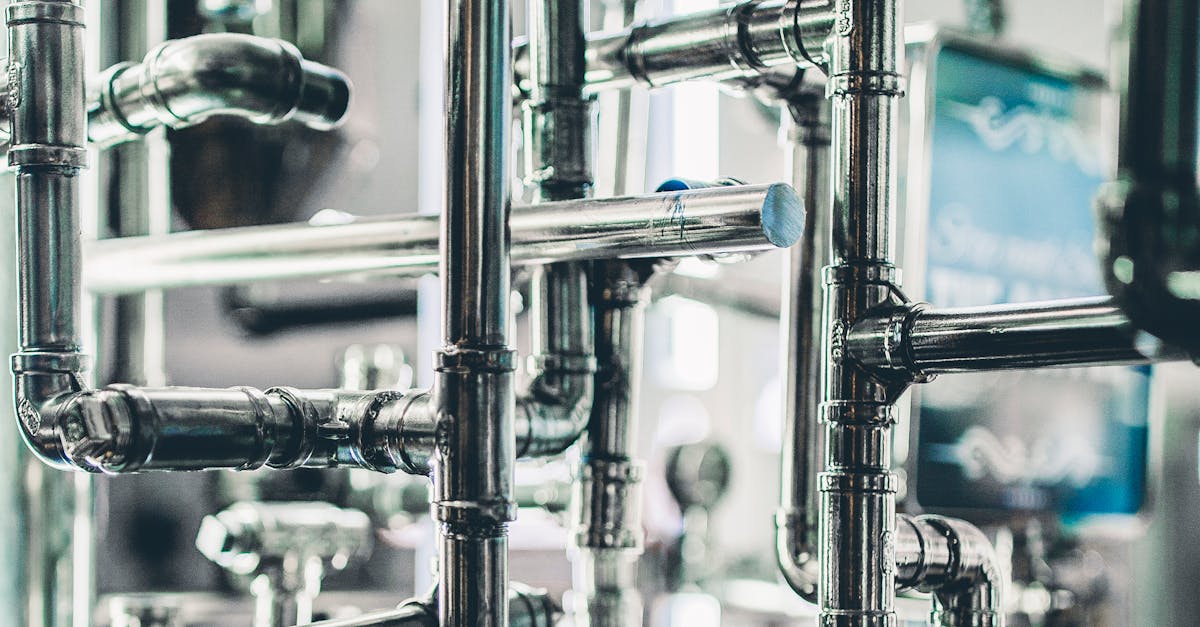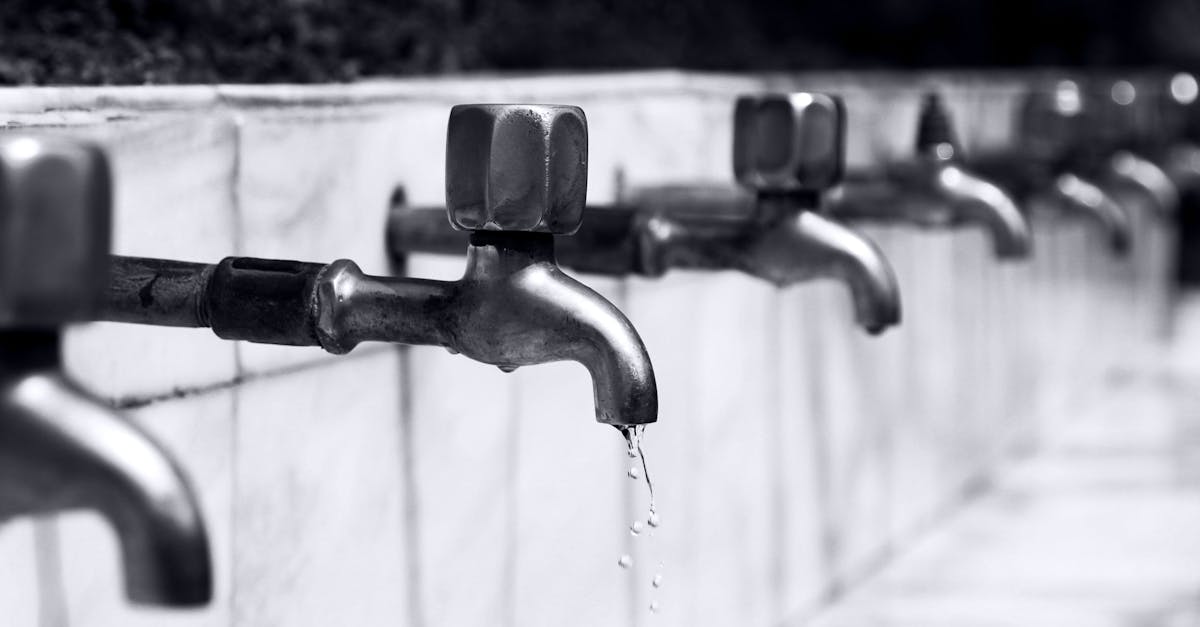
Table Of Contents
Replacing the Pipe
When faced with a broken sewer pipe underground, replacing the damaged section becomes imperative to prevent further issues. Sewer line installation and repair in Australia typically involve the process of replacing the damaged pipe with a new one. This task requires specialised equipment and professional expertise to ensure it is done efficiently and effectively.
Professional plumbers in Australia are well-equipped to handle the replacement of broken sewer pipes. They begin by excavating the area around the damaged pipe to expose the affected section. Once the damaged pipe is accessible, the plumbers proceed to carefully remove the old pipe and replace it with a new, durable one. This meticulous process ensures that the new sewer pipe is properly installed and fits seamlessly into the existing system.
Traditional vs. Trenchless Methods
When it comes to sewer line installation and repair in Australia, two main methods are commonly used: traditional and trenchless. Traditional methods involve digging trenches to access and replace the damaged sewer pipe. This method has been used for many years and is known for its reliability and effectiveness. However, it can be time-consuming and disruptive as it requires extensive excavation work.
On the other hand, trenchless methods have gained popularity in recent years due to their efficiency and minimal invasiveness. Technologies such as pipe bursting and pipe lining allow for the repair or replacement of sewer pipes without the need for extensive digging. While trenchless methods may be more expensive upfront, they can ultimately save time and reduce disruption to the surrounding area. Both traditional and trenchless methods have their advantages and drawbacks, so it is essential to consider the specific needs of the project before deciding which method to use.
Testing the Repair
Testing the repair is a crucial step in ensuring the effectiveness of the sewer line installation and repair in Australia. This process involves checking the integrity of the newly installed pipe to identify any potential issues that could lead to future problems. Various methods can be employed to test the repair, such as pressure testing or using a camera to inspect the interior of the pipe.
Pressure testing involves pressurising the pipe with air or water to check for leaks or weak points. This method helps in determining if the repair has been successful and if the new pipe can withstand the flow of wastewater. On the other hand, using a camera to inspect the interior of the pipe allows for a visual assessment of the repair work. This step ensures that the pipe is properly sealed and free from any obstructions that could impede the flow of sewage.
Ensuring Proper Functionality
Once the broken sewer pipe has been replaced or repaired, it is crucial to ensure the proper functionality of the system. Sewer line installation and repair in Australia should adhere to strict standards to prevent future issues. Conduct thorough testing to confirm that the repaired or newly installed pipeline is working efficiently and effectively.
Various tools and techniques can be utilised to verify the functionality of the sewer pipe. Pressure testing is commonly employed to assess the durability and leak-proof nature of the system. Additionally, camera inspections may be conducted to visually inspect the interior of the pipe and confirm that the repair work has been completed satisfactorily. Regular and meticulous testing is essential to guarantee the longevity and optimal performance of the sewer line.
Backfilling the Area
Backfilling the area is a crucial step in the sewer line installation and repair process. It involves filling the trench that was dug for pipe replacement with the appropriate materials to ensure stability and support for the new pipe. Proper backfilling helps prevent future issues such as pipe shifting or collapse, which can be costly and disruptive to fix.
When backfilling the trench, it is important to use materials that are approved for this purpose. Common materials used for backfilling include gravel, sand, and native soil. These materials are compacted in layers to provide adequate support and prevent settling. Proper compaction is essential to ensure that the backfilled area is stable and can withstand the weight and pressure of the surrounding soil. Professional sewer repair services in Australia are well-versed in the proper backfilling techniques to ensure a successful and long-lasting repair.
Refilling the Trench
Refilling the trench is a crucial step in the sewer pipe repair process after the damaged section has been replaced. Properly refilling the trench ensures that the area is restored to its original state and minimises any potential risks of future problems. The trench needs to be refilled with care using the appropriate materials to ensure the stability and longevity of the repaired sewer line.
Sewer line installation and repair in Australia typically involve backfilling the trench with a combination of soil and gravel to provide adequate support for the new pipe. The backfill material should be compacted in layers to prevent settling, which can lead to uneven surfaces above ground. It is essential to follow specific guidelines for refilling the trench to guarantee the effectiveness of the repair and to prevent any issues in the future.
FAQS
What are the common signs of a broken sewer pipe underground?
Common signs of a broken sewer pipe underground include foul odours, slow draining sinks, gurgling noises in the pipes, and sewage backups in toilets or drains.
How can I determine if my sewer pipe is broken underground?
To determine if your sewer pipe is broken underground, you can conduct a camera inspection to visually inspect the pipe's condition and identify any cracks, leaks, or blockages.
What are the traditional methods for fixing a broken sewer pipe underground?
Traditional methods for fixing a broken sewer pipe underground involve excavating the area to access the pipe, removing the damaged section, and installing a new pipe in its place.
What are the benefits of trenchless methods for repairing a broken sewer pipe underground?
Trenchless methods for repairing a broken sewer pipe underground offer benefits such as minimal disruption to the landscape, faster repair times, and cost-effectiveness compared to traditional excavation methods.
How can I ensure that the repaired sewer pipe functions properly?
To ensure that the repaired sewer pipe functions properly, it is essential to conduct thorough testing, such as pressure testing and flow testing, to confirm that the pipe is free from leaks and blockages.


